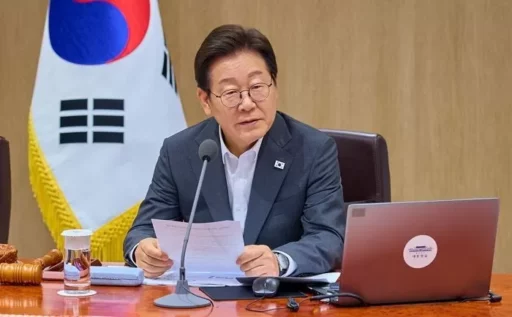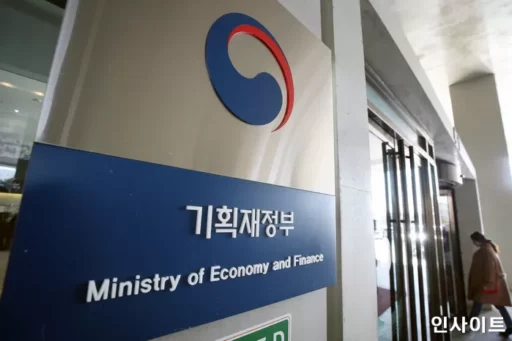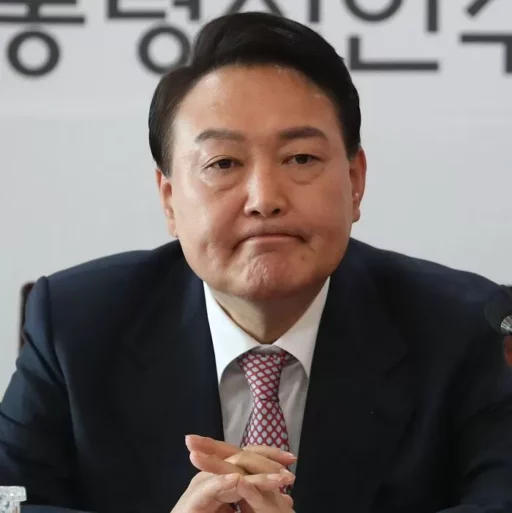Lee Jae-myung government's tax reform plan, restoring Yoon Seok-yeol government's 'wealthy tax cut'
The Lee Jae-myung government has effectively finalized a tax reform plan aimed at restoring the corporate tax and major shareholder-related 'wealthy tax cut' policies that were promoted during the previous Yoon Seok-yeol administration.
This reform is expected to be announced under the title of 'tax reform plan' rather than a simple tax law amendment.
It is interpreted as a move to increase tax revenue by reversing the tax cuts promoted by the Yoon Seok-yeol administration.

According to relevant authorities on the 27th, the Ministry of Economy and Finance plans to announce the '2025 tax reform plan' after a meeting of the Tax Development Advisory Committee in the near future.
The government is reported to have finalized the main content after discussions with the presidential office last week.
First, the top corporate tax rate will be raised again from the current 24% to 25%, and the threshold for major shareholders subject to capital gains tax on listed stocks will be strengthened again from 5 billion won to 1 billion won.
This measure reverses the tax law amendment pushed by the Yoon Seok-yeol government in 2022 after three years.
Additionally, the securities transaction tax rate, which was lowered on the condition of introducing the Financial Investment Income Tax (FINT), is expected to be restored from the current 0.15% to 0.18%.

Introduction of separated taxation on dividend income to revitalize the stock market
Meanwhile, the Lee Jae-myung government has also prepared tax cuts to support the 'KOSPI 5,000' national policy objective.
It plans to introduce 'separated taxation on dividend income' to encourage high dividends.
Under the current income tax law, financial income (dividends and interest) is subject to a withholding tax rate of 15.4% up to 20 million won, and once it exceeds 20 million won, it falls under comprehensive taxation for financial income, applying a maximum progressive rate of 49.5% (including local income tax).
By separating the taxation of dividend income, the tax burden will be reduced; however, there are concerns that this will disproportionately benefit major shareholders and large asset holders.
The government is said to be adopting a legislative proposal by Democratic Party lawmaker Lee So-young, which imposes rates of 14% for dividend income up to 20 million won, 20% for the range of 20 million to 300 million won, and 25% for amounts exceeding 300 million won, while significantly adjusting the tax rates and conditions.

In particular, to minimize the controversy surrounding excessive tax cuts for the wealthy, a tax rate of 35% is expected to be applied to the highest bracket of dividend income. This figure is 10 percentage points higher than that of the legislative proposal by lawmaker Lee So-young, and when local income tax is considered, it reaches 38.5%.
While this rate is 11 percentage points lower than the current comprehensive taxation of financial income, it can be seen as a measure aimed at minimizing the controversy over tax cuts for the wealthy.
Image sources: Lee Jae-myung President / News1, photo = Insight, Yoon Seok-yeol former President / News1


